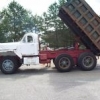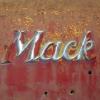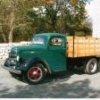Turning motors over through Series Parallel switch without inotion switch
-
Similar Content
-
- 13 replies
- 4,231 views
-
- 13 replies
- 4,547 views
-
- 36 replies
- 33,615 views
-
- 5 replies
- 2,521 views
-
- 0 Comments
- 1,327 views
-
-
Recently Browsing 0 members
- No registered users viewing this page.







Recommended Posts
Join the conversation
You can post now and register later. If you have an account, sign in now to post with your account.